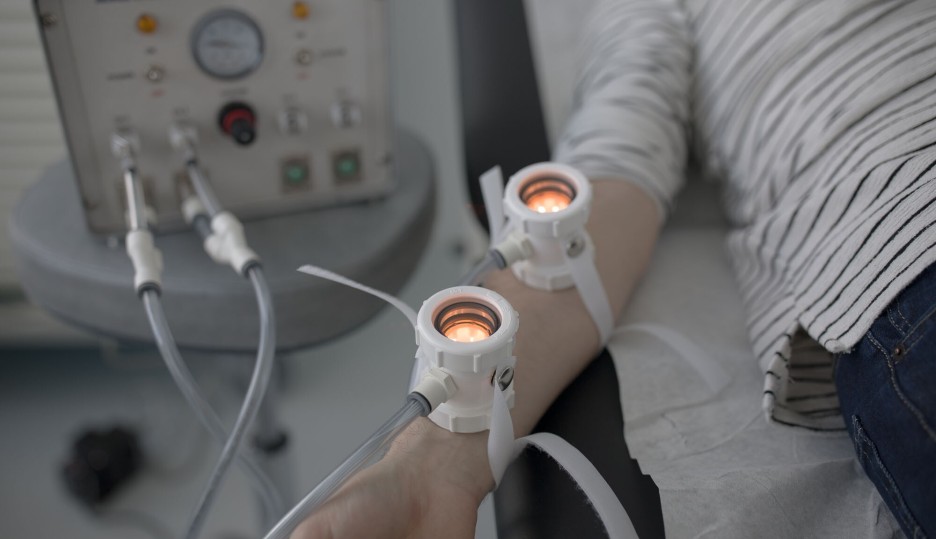
Get in touch with our experts
Contact usMethods & challenges
Advanced methods and challenges for drug development at CHDR
At CHDR, our mission is to enhance the drug development process by gathering comprehensive data on candidate drugs during the early phases of development. This information empowers sponsors to make well-informed decisions about the trajectory of clinical development. We offer a wide range of methods, challenges, and biomarkers, and are committed to continuously investing in the development and validation of new tools to advance the field. For more details on the specific methods and challenges we offer, please continue reading further down the page.
Advancing the boundaries of clinical drug development
Wondering how we can help you? Reach out to us.
